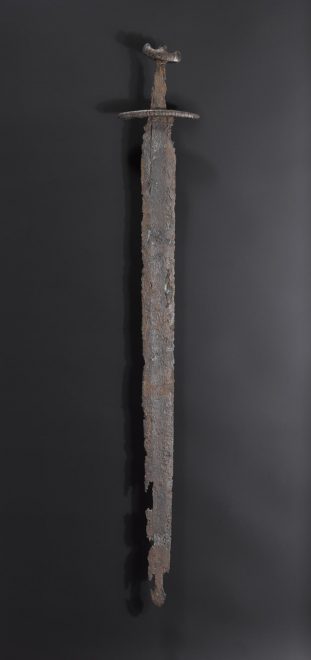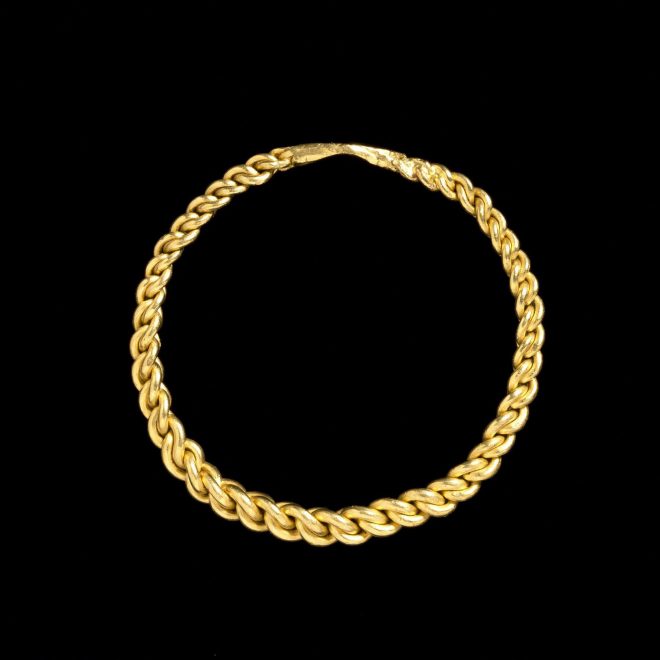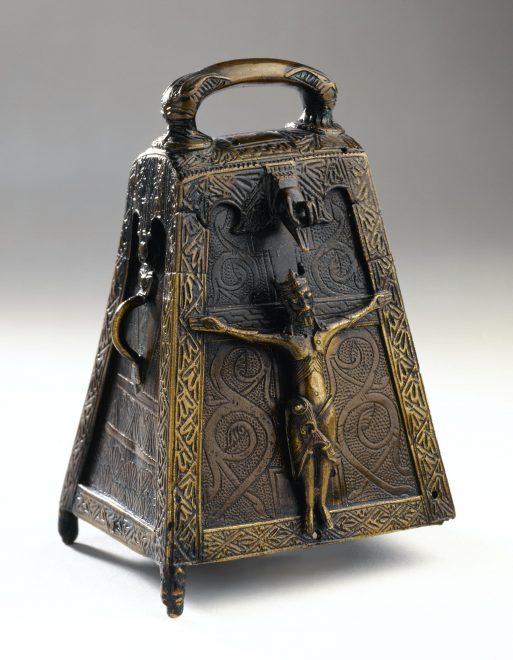The latest phase of the Glenmorangie Research Project, Creating Scotland: Making a Medieval Kingdom, is a new look at a period which has no name.
The 9-12th centuries straddle the boundary between what we call the early and late medieval periods. The first half is often called the Viking Age, though this applies to certain parts of the country more than others, especially the north and west. The kingdom of Alba which emerged by AD 900 is seen as the dominant force in central Scotland during this period, but is only one of several regional power players. The term ‘Scotland’ has a complicated history but only comes into general use in the 12th century, and even then does not cover the Norse earldoms in the north and west, or the growing challenge from the Lords of the Isles. In the middle of all this change sits the forgotten 11th century.

We like tidy historical periods, but Scotland in the 11th century does not fit comfortably in any of them. In some ways, it is ‘early medieval’ – for example, in religious architecture we do not yet have the iconic cathedrals and parish churches of cut stone that characterise the Romanesque or Late Saxon traditions elsewhere. In other ways, we see the beginnings of later medieval developments, like the first towns being established.
The 11th century seems to lack a coherent archaeological footprint. This is despite the major changes that are known from the historical record. The Battle of Carham in 1018 effectively ended Northumbrian control beyond the Tweed, where the border sits today. Across Britain and Ireland, seismic dynastic shifts were occurring in the 11th century: the death of Mac Bethad mac Findlaích (known to most as MacBeth) and the establishment of the dynasty of Malcolm III; Danish and later Norman rule in England; the Battle of Clontarf in AD 1014 and its aftermath in Ireland. During these disruptions, the traditional power centres and religious sites of Scotland seem to be in flux.

Turning to our National Collection, I have been struck by how few artefacts are dated specifically to the 11th century. On closer investigation, this is due to the entrenched position of the 11th century as the end of some periods and the start of others. In our own displays, where we present date ranges for objects, many are broadly dated 9-11th century (‘Viking Age’, like the Garton sword pictured above) or 11-12th (‘Romanesque’ or ‘Norman’, like the bell-shrine from Inchaffray, Perthshire featured up top). Only a tiny minority of objects can be confidently placed within the 11th century, such as rare coins of Cnut and late Saxon issues, or specific types of artefacts with parallels elsewhere, such as twisted gold rings from Oxna, Shetland and Stenness, Orkney.

Can anything more be done about this? The obvious solution is to try and refine our dating of objects. In the absence of coins, which were not issued in Scotland until the 12th century, we need to turn to assemblages which span the period in question; these include major settlements including Brough of Birsay, Orkney and Jarlshof, Shetland which seem to have been occupied before, during and after the 9-12th century. However, despite their fame and prominence in our Early People gallery, these assemblages were excavated long before the advent of radiocarbon dating technology, so it is now difficult to establish the date of these contexts without destructive sampling of the precious artefacts themselves (as discussed in my previous blog post).
It is not all doom and gloom, however. The rise of responsible metal detecting is transforming our ability to recognise the material of daily life across Scotland, and not just at the major power centres which have seen the most excavation. Objects declared to the Treasure Trove Unit are increasingly able to fill in some of the gaps. For instance, two recent discoveries from Kirkcudbright shine some unexpected light on this period: a strap-end in the late Saxon ‘Winchester style’ shows the influence of southern fashions and one very distinctive crucifixion plaque from St Mary’s Isle may have come from an 11th-century style of altar cross well known from Ireland.

There is another, more conceptual angle that we might take on the 11th century. Some of our star objects from the Kingdom of the Scots gallery are objects made in the early medieval period which survive through the later medieval period through continued use. Most prominent here are sacred objects such as the Monymusk Reliquary. Less well known are the contents of such shrines. The spectacular Guthrie Bell, Kilmichael Glassary Bell and aforementioned Inchaffray Bell are masterpieces of Christian metalwork in Scotland, examples of the gleaming reliquaries which characterise the medieval church. But while these exterior casings were ‘new’ in the 11/12th centuries, these objects were also ‘ancient’, as they enshrined earlier so-called ‘Celtic’ handbells like one from Kingoldrum, Angus. These distinctive bells were used in monasteries since the 7th century but were often retained as sacred objects for centuries thereafter.
Therefore, one way we might discern the 11th century is by imagining the objects which moved through the period. It is striking how much of our well-dated material from this period is related to the Church, and it may be that long-lived sites like Portmahomack, Ross, Inchmarnock, Bute and Auldhame, East Lothian allow a unique glimpse into life and death at around AD 1000. These ecclesiastical assemblages may also help balance out the spread of evidence for this period in our galleries, heavily weighted toward Viking and Norse sites of the Hebrides and Northern Isles.
So what might we call these first millennials? I suppose it matters less what we call the 11th century in Scotland, as long as we can begin to form a clearer picture of it in some way. This is why the current project casts its gaze to either side of this problematic divide, and why it is so exciting to work on it.
The Glenmorangie Research Project aims to extend our understanding of Scotland’s Early Medieval past and was established in 2008 following a partnership between National Museums Scotland and The Glenmorangie Company.

